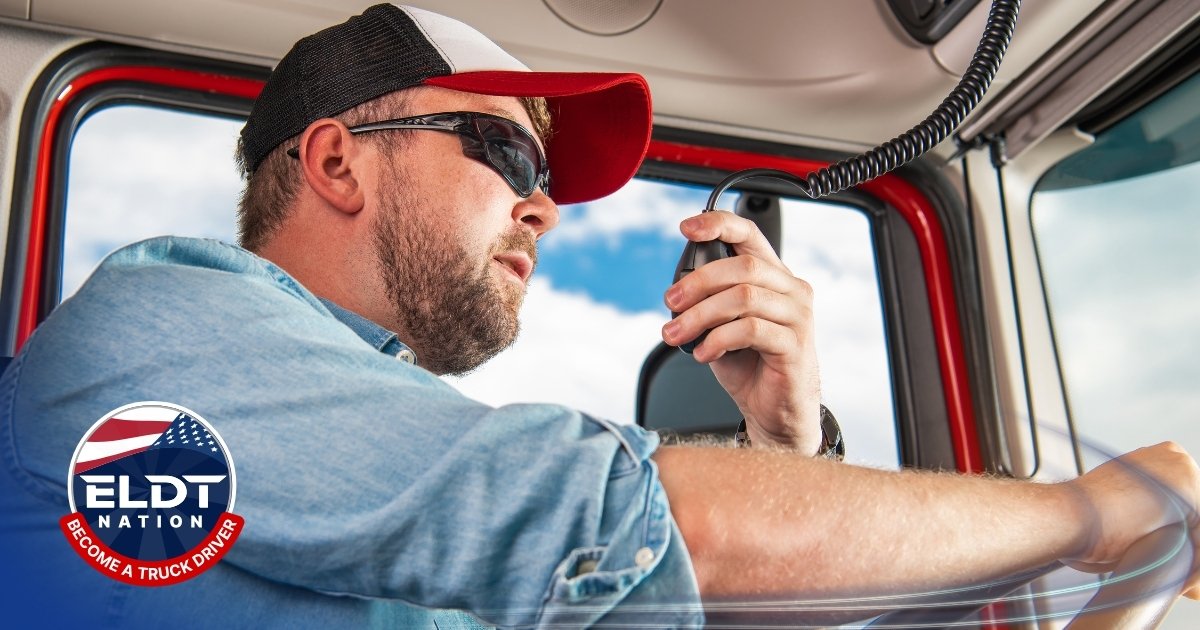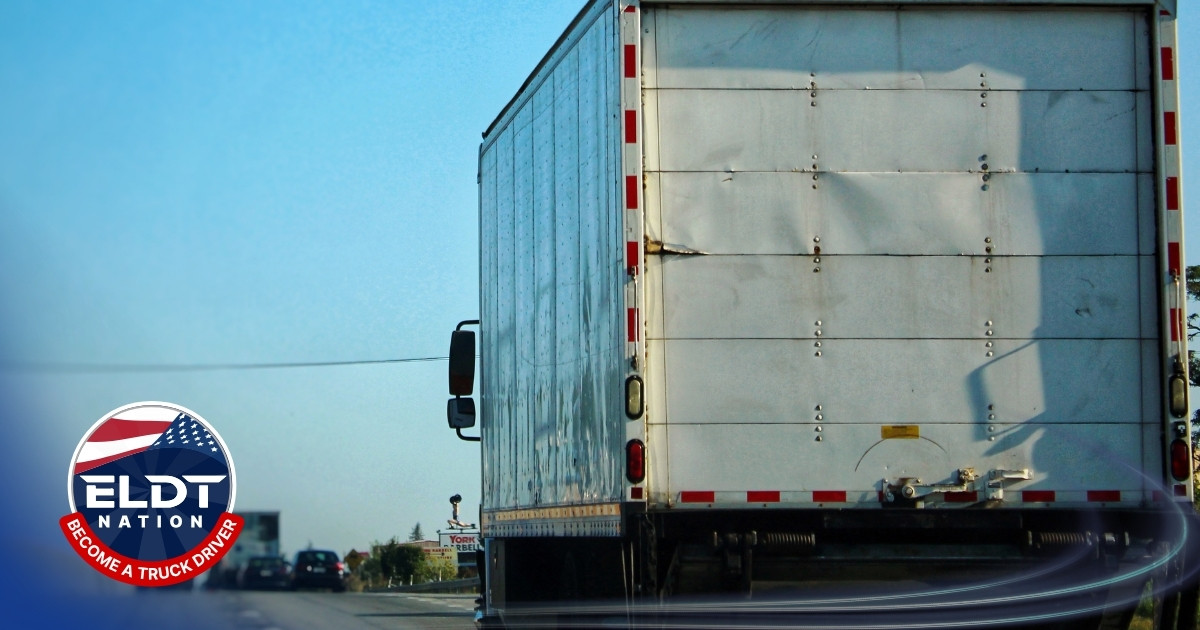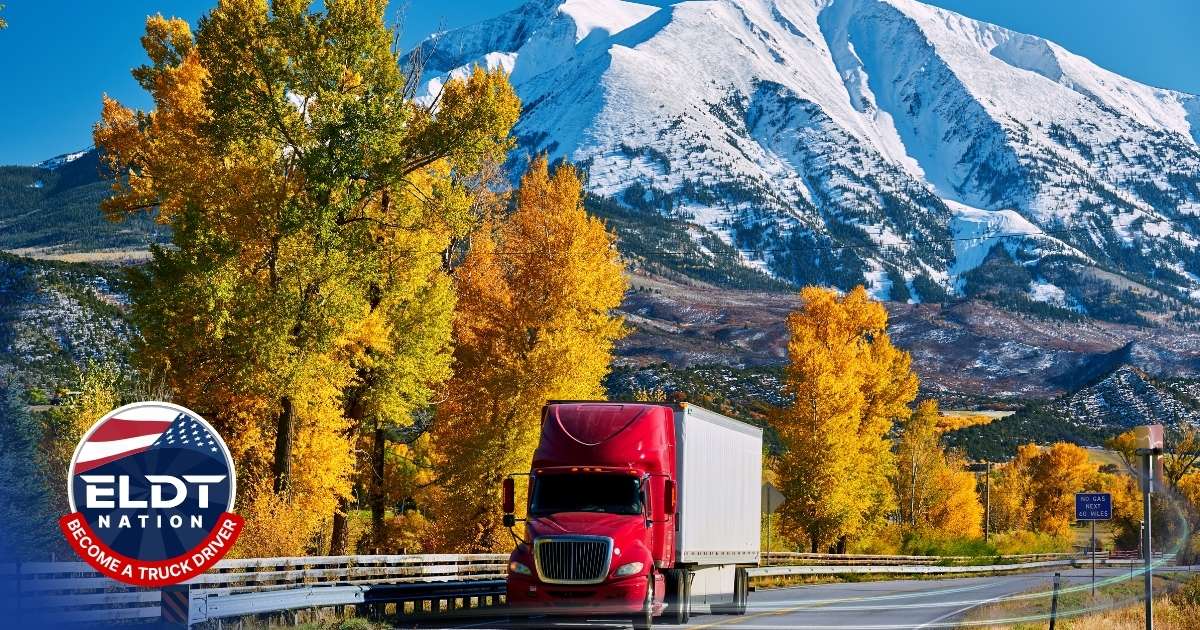How to Get the Right Trucking Insurance for Your Business
Insurance is one of the largest and most complex expenses for trucking companies. Whether you operate a single power unit as an owner‑operator or manage a fleet of dozens of tractors and trailers, having the right insurance coverage protects your assets, shields you from liability and ensures you remain compliant with federal and state regulations. However, with multiple coverage types, varied requirements across jurisdictions and numerous insurance carriers, finding the right policy can be daunting. This guide demystifies trucking insurance, outlines critical coverage options, explains factors that influence premiums and provides actionable steps to secure an affordable, comprehensive policy.
Why Commercial Truck Insurance Matters
Trucking involves inherent risks: accidents, cargo damage, theft, vandalism and catastrophic losses due to weather or hazardous material spills. The financial consequences of these events can be crippling if you are uninsured or underinsured. Federal law requires commercial motor vehicle operators to carry minimum levels of liability insurance—$750,000 for general freight, $1 million for hazardous materials and $5 million for specific high‑risk cargo. Many shippers and brokers require even higher coverage to protect their goods. Adequate insurance also satisfies lender requirements if you finance your equipment. Most importantly, insurance provides peace of mind, allowing you to focus on growing your business rather than worrying about potential losses.
Key Types of Trucking Insurance
Trucking insurance is not one policy; it comprises several coverage types that protect different aspects of your operation. Understanding each one helps you build a policy that matches your risk profile.
Commercial Auto Liability
Purpose: Covers bodily injury and property damage you cause to others in a crash while operating your commercial vehicle. It also pays legal defense costs if you are sued.
Required by: Federal Motor Carrier Safety Regulations (FMCSR) and state laws. Minimum coverage amounts depend on the type of cargo; most general freight requires at least $750,000 in combined single‑limit (CSL) coverage.
Physical Damage (Collision and Comprehensive)
Purpose: Pays for damage to your own truck and trailer caused by collisions, vandalism, theft, fire, storms or other covered perils. Collision insurance covers damage from crashes, while comprehensive covers non‑collision events.
Required by: Lenders, if you finance or lease your equipment. Even if not required, it is strongly recommended for expensive assets.
Motor Truck Cargo
Purpose: Insures the goods you haul against theft, fire, collision, overturn and other perils. Coverage limits should reflect the maximum value of the cargo you transport.
Required by: Many shippers and brokers require a minimum cargo coverage (often $100,000) and will not hire carriers without it.
General Liability
Purpose: Covers claims for bodily injury or property damage arising from business activities not directly related to truck operation, such as customer injuries at your terminal, advertising injury or damage caused by your employees on a shipper’s premises.
Required by: Not always mandated but often required in contracts with shippers, warehouses and freight forwarders.
Non‑Trucking Liability (Bobtail or Contingent)**
Purpose: Provides liability coverage when you operate your truck outside the scope of your lease agreement or business use—for example, when driving home after dropping off a load. It is sometimes called bobtail insurance or contingent liability.
Required by: Some motor carriers require owner‑operators to carry non‑trucking liability as part of their lease contract.
Trailer Interchange and Hired Auto
Purpose: Protects you when pulling a trailer you do not own under a trailer interchange agreement or when hiring or borrowing vehicles you do not own. It covers physical damage to the non‑owned trailer or truck while in your care.
Required by: Intermodal carriers and those who frequently use interchange equipment.
Workers’ Compensation
Purpose: Provides medical benefits and wage replacement for employees injured in the course of employment. In most states, employees include company drivers but not independent contractors.
Required by: State law, if you have employees. Owner‑operators may obtain occupational accident insurance as an alternative.
Factors That Influence Insurance Costs
Insurance premiums are not set arbitrarily; they reflect the risk that you, your drivers and your operation pose to the insurer. Major factors include:
- Operating authority and radius – Carriers with longer haul distances or interstate authority often pay higher rates because the risk of accidents increases with miles driven. Local or regional routes may cost less.
- Type of equipment – Tractors and trailers vary in value. Specialized equipment like reefers or hazmat tankers may carry higher premiums due to complexity and cargo risk.
- Cargo type – Hazardous materials, oversized loads, high‑value electronics, or perishable goods typically require higher liability limits and cargo coverage. Insurers factor in theft risk and potential environmental damage.
- Driver experience and record – Insurers evaluate drivers’ age, years of experience, accident history, traffic violations and safety scores. Fleets with experienced, clean drivers receive better rates.
- Business history and financial health – Start‑ups and new authorities may pay more than established carriers due to limited operating history. Insurers also consider your credit score because financial stability correlates with risk management.
- Safety and compliance – Safety practices (e.g., driver training, drug testing, maintenance programs) and compliance history (CSA scores, inspection records) influence premiums. A history of violations or out‑of‑service orders increases rates.
- Deductibles and coverage limits – Higher deductibles reduce premiums but require you to pay more out of pocket for claims. Conversely, higher coverage limits cost more but provide greater protection.
Tips to Lower Your Premiums
While insurance costs can be significant, there are several strategies to reduce your rates without sacrificing coverage:
- Maintain a clean driving record – Encourage drivers to adhere to speed limits, avoid aggressive driving and stay incident‑free. Implement safety incentive programs to reward good performance.
- Hire experienced drivers – Insurers favor drivers with at least two years of verifiable experience. Provide additional training for newer drivers to improve skills and reduce claims.
- Implement robust safety programs – Regularly conduct pre‑trip and post‑trip inspections, maintain equipment, and document repairs. Use telematics to monitor driving behavior and coach drivers on braking, acceleration and idling.
- Upgrade equipment – Newer trucks with advanced safety features (automatic emergency braking, lane departure warnings, stability control) can reduce premiums. Demonstrate that your vehicles are well‑maintained and equipped with safety technology.
- Avoid high‑risk areas – Routing through congested urban areas increases accident risk. Plan routes to minimize time spent in high‑traffic zones when possible.
- Improve your credit and financial management – Pay bills on time, reduce debt and maintain healthy cash reserves. Strong credit history signals reliability to insurers.
- Pay premiums annually or semi‑annually – Many insurers offer discounts if you pay in larger installments rather than monthly. This reduces administrative costs and demonstrates financial stability.
- Increase your deductible – A higher deductible lowers your premium. Choose a deductible amount that your business can comfortably absorb in the event of a claim.
- Bundle policies – Purchasing multiple coverage types from the same carrier (e.g., auto liability, cargo and general liability) can result in multi‑policy discounts.
.jpg)
Steps to Obtain the Right Insurance
Follow these steps to ensure you secure the best coverage at a competitive price:
Step 1: Determine Your Coverage Needs
Assess your operations: What types of cargo do you haul? Do you operate intrastate or interstate? Do you own or lease your vehicles? Will you need trailers interchange or bobtail coverage? List all exposures to ensure you request appropriate coverage.
Step 2: Gather Business Information
Insurers will ask for your business entity documents, operating authority (MC or DOT number), driver roster and motor vehicle records, equipment list (VINs, values), financial statements and safety records (accident history, CSA scores). Having these documents ready speeds up the quoting process.
Step 3: Shop Around
Don’t settle for the first quote. Obtain multiple estimates from specialized trucking insurers and independent brokers who represent several carriers. Compare not only prices but also coverage limits, exclusions, deductibles and claims handling reputation. A lower premium isn’t worthwhile if the coverage is inadequate or claims service is poor.
Step 4: Evaluate Carrier Strength
Check each insurer’s financial ratings with agencies like A.M. Best, Standard & Poor’s or Moody’s. Strong ratings indicate the company has the resources to pay claims. Read customer reviews and ask peers about their experiences.
Step 5: Customize Your Policy
Work with your agent to tailor coverage to your operation. Adjust limits and deductibles to balance protection and affordability. Ensure your cargo coverage matches the maximum value of loads you carry. Clarify who is responsible for physical damage and liability if you lease or hire equipment.
Step 6: Implement Risk Management
After securing coverage, continue to improve your safety and compliance programs. Insurers may conduct audits and offer loss control services—take advantage of these to identify weaknesses. Demonstrating proactive risk management may qualify you for lower premiums at renewal.
Step 7: Review Annually
Your insurance needs change as your business grows. Review your policy before renewal each year. Update your insurer on new vehicles, drivers, routes or cargo types. If you add specialized services (e.g., hazmat, intermodal), make sure coverage is adjusted accordingly.
Coverage Types and What They Protect
The table below summarizes common trucking insurance coverage types and the exposures they address. Use this quick reference when discussing options with your agent.
Complete your ELDT Theory in a few hours from wherever you want with ELDT Nation







